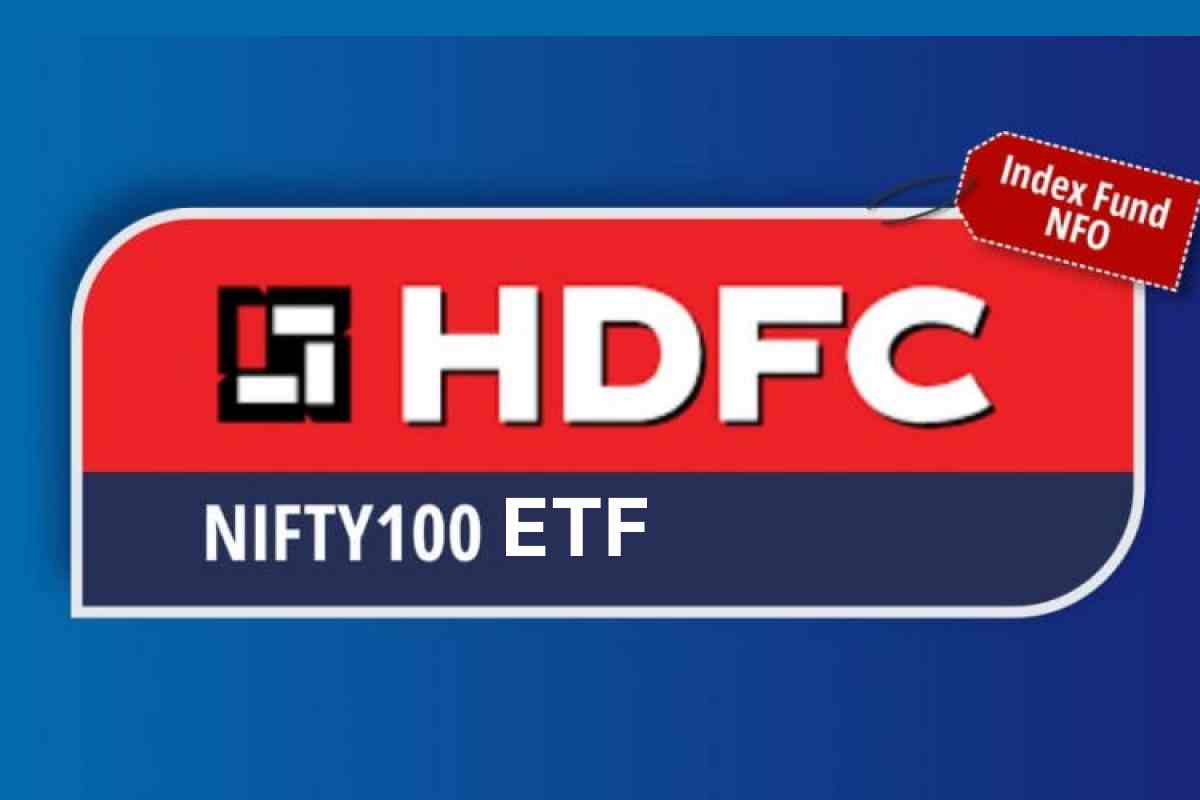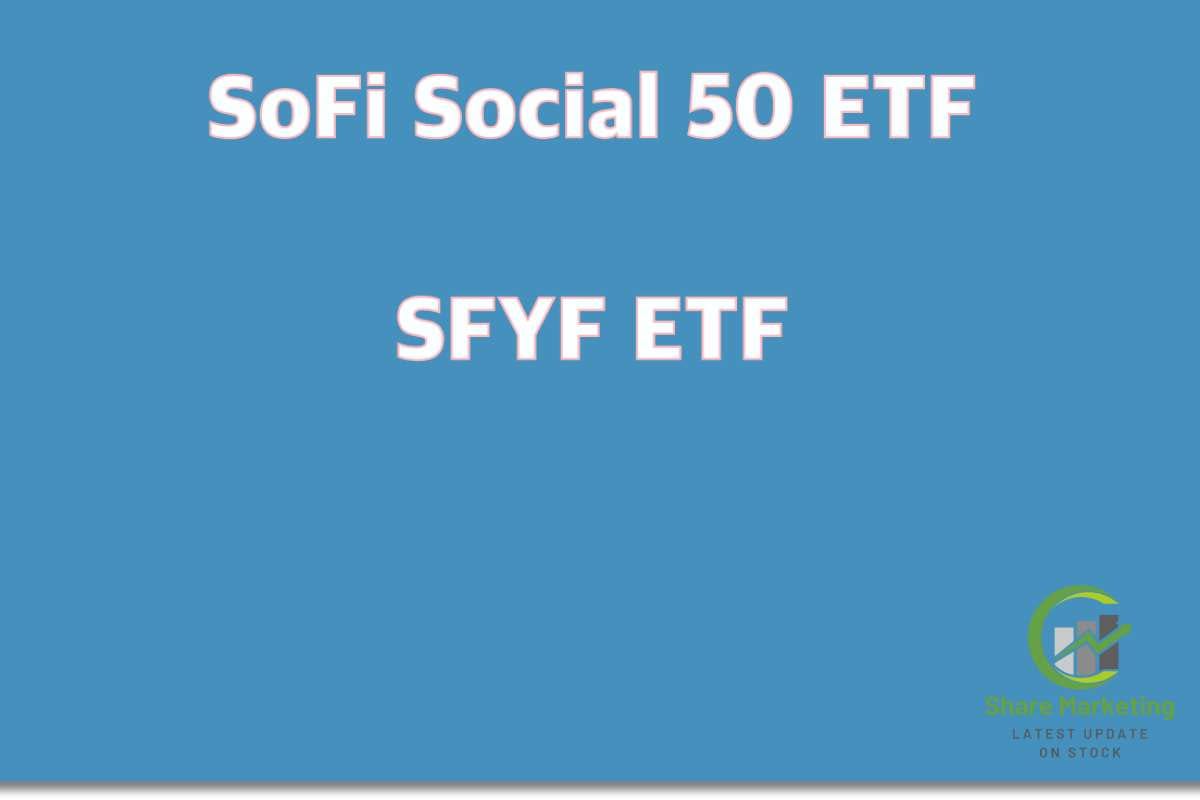The HDFC NIFTY 100 ETF is an open-ended scheme that aims to replicate the performance of the NIFTY 100 Index by investing in the same proportion as the index constituents. This approach provides investors with exposure to the top 100 companies listed on the National Stock Exchange of India, representing a broad spectrum of large-cap equities.
Key Details:
- Launch Date: August 5, 2022
- Fund House: HDFC Mutual Fund
- Benchmark: NIFTY 100 Total Return Index
- Assets Under Management (AUM): ₹24 crore (as of December 31, 2024)
- Expense Ratio: 0.30% (as of December 31, 2024)
- Risk Level: Very High (as per SEBI’s Riskometer)
- Minimum Investment: ₹500
- Exit Load: None
Performance:
Since its inception, the fund has delivered a return of approximately 13.38%. Over the past year, it has provided a return of around 8.92%.
Portfolio Composition:
The fund’s portfolio is heavily weighted towards large-cap equities, with significant allocations in sectors such as financial services, information technology, and consumer goods. As of December 31, 2024, the top holdings include:
- HDFC Bank: 10.32%
- ICICI Bank: 6.92%
- Reliance Industries: 6.32%
- Infosys: 5.19%
- ITC: 3.44%
The asset allocation is predominantly in equities (99.89%), with a minimal portion in cash and cash equivalents (0.11%).
Suitability:
This ETF is suitable for investors looking for long-term capital appreciation by investing in a diversified portfolio of large-cap companies. Given its very high-risk classification, it is more appropriate for investors with a higher risk tolerance and a long-term investment horizon.
Taxation:
Capital Gains Tax:
- Long-term (holding period > 1 year): Gains up to ₹1.25 lakh in a financial year are exempt from tax. Gains exceeding ₹1.25 lakh are taxed at 12.5%.
- Short-term (holding period ≤ 1 year): Entire gain is taxed at 20%.
Dividend Tax:
- Dividends are added to the investor’s income and taxed according to their respective tax slabs. If an investor’s dividend income exceeds ₹5,000 in a financial year, the fund house deducts a TDS of 10% before distributing the dividend.
HDFC NIFTY 100 ETF Share Price
As of January 24, 2025, the HDFC NIFTY 100 ETF is trading at ₹24.76 on the National Stock Exchange (NSE).
The day’s trading range has been between ₹24.65 and ₹25.54.
Please note that ETF prices can fluctuate throughout the trading day due to market dynamics. For the most current information, it’s advisable to check real-time data from reliable financial platforms or consult with a financial advisor.
HDFC NIFTY 100 ETF Top Holdings
As of the latest available data (December 31, 2024), the HDFC NIFTY 100 ETF has the following top holdings, which are aligned with the NIFTY 100 Index:
- HDFC Bank: 10.32%
- ICICI Bank: 6.92%
- Reliance Industries: 6.32%
- Infosys: 5.19%
- ITC: 3.44%
Sector Allocation:
The fund is diversified across various sectors, with significant exposure to:
- Financial Services: Largest sector allocation due to banks and NBFCs like HDFC Bank and ICICI Bank.
- Information Technology: Includes major players like Infosys and TCS.
- Consumer Goods: Companies such as ITC, Hindustan Unilever, and Nestle India.
The portfolio is designed to reflect the composition of the NIFTY 100 Index, providing investors with exposure to India’s top large-cap companies by market capitalization.
HDFC nifty 100 ETF Returns
As of January 23, 2025, the HDFC NIFTY 100 ETF has delivered the following returns:
| Time Period | Returns (%) |
| 1-Year Trailing | 10.41 |
| Since Inception | 13.96 |
These returns are slightly below the category averages, which are 11.55% for the 1-year period.
HDFC nifty 100 ETF Direct Growth
The HDFC NIFTY 100 Index Fund – Direct Plan – Growth is a mutual fund designed to replicate the performance of the NIFTY 100 Index. This fund offers investors exposure to India’s top 100 companies by market capitalization.
Key Details:
- Launch Date: February 23, 2022
- Net Asset Value (NAV): As of January 23, 2025, the NAV is ₹14.03
- Expense Ratio: 0.30%
- Assets Under Management (AUM): ₹283 crore as of December 2024
- Risk Level: Very High

Sector Allocation:
The fund’s investments are diversified across various sectors:
| Sector | Allocation (%) |
| Financial Services | 32.49 |
| Technology | 11.80 |
| Consumer Cyclical | 10.69 |
Investment Objective:
The scheme aims to generate returns that are commensurate (before fees and expenses) with the performance of the NIFTY 100 Index TRI (Total Return Index), subject to tracking errors.
Suitability:
This fund is suitable for investors seeking long-term capital appreciation by investing in a diversified portfolio of large-cap companies. Given its high-risk level, it’s appropriate for investors with a higher risk tolerance and a long-term investment horizon.
Minimum Investment:
- Lump Sum: ₹100
- SIP: ₹100
Exit Load:
The fund has an exit load of 0%.
Tax Considerations:
Capital Gains Tax:
- Long-term (holding period > 1 year): Gains above ₹1 lakh are taxed at 10%.
- Short-term (holding period ≤ 1 year): Gains are taxed at 15%.
Dividend Distribution Tax:
- Dividends are added to the investor’s income and taxed as per the applicable income tax slab rates.
Conclusion:
The HDFC NIFTY 100 Index Fund – Direct Plan – Growth provides a cost-effective way to gain exposure to India’s top 100 companies. However, investors should be mindful of the associated market risks and ensure that the fund aligns with their investment objectives and risk tolerance.
Strengths of HDFC NIFTY 100 ETF
(1) Diversified Exposure:
- The ETF tracks the NIFTY 100 Index, which includes India’s top 100 companies by market capitalization, providing diversified exposure to large-cap companies across sectors.
(2) Low Expense Ratio:
- With an expense ratio of 0.30%, it is cost-effective compared to actively managed funds, making it a great choice for investors seeking to minimize costs.
(3) Transparency:
- The holdings of the ETF are publicly available, and the portfolio mirrors the index, ensuring transparency in investment decisions.
(4) Liquidity:
- ETFs are traded on the stock exchange, offering liquidity for investors who want to buy or sell during trading hours at market prices.
(5) Ease of Access:
- Low minimum investment requirements make it accessible to small retail investors looking to participate in the equity markets.
(6) Market Alignment:
- The ETF closely tracks the NIFTY 100 Index, offering returns in line with the performance of the largest and most stable companies in the Indian market.
(7) No Active Management Risks:
- As a passive investment product, it eliminates fund manager bias and reduces the risk of underperformance relative to the benchmark.
Risks of HDFC NIFTY 100 ETF
(1) Market Risk:
- The ETF is directly tied to the performance of the NIFTY 100 Index. In periods of market downturns or corrections, the ETF will reflect the same losses as the broader market.
(2) Tracking Error:
- While the ETF aims to replicate the index, tracking errors may arise due to fees, cash holdings, or dividend reinvestments, which could lead to deviations from the index returns.
(3) Low AUM Concerns:
- With an AUM of ₹23.9 crore (as of September 2024), the fund is relatively small. A lower AUM can result in higher tracking errors and liquidity issues in the secondary market.
(4) Sector Concentration Risk:
- Heavyweights like financial services and technology dominate the NIFTY 100 Index. If these sectors underperform, it could significantly impact the ETF’s performance.
(5) Volatility:
- Classified as a “very high risk” product, investors should be prepared for fluctuations in the NAV due to market volatility.
(6) Dividend Reinvestment Delay:
- While dividends received from the underlying stocks are reinvested, there may be a slight delay in their reinvestment, impacting overall returns.
(7) Liquidity Risk:
- While ETFs are traded on stock exchanges, lower trading volumes can lead to a lack of liquidity, causing wider bid-ask spreads for the fund.
(8) No Active Management:
- During volatile markets or economic downturns, passive funds like this ETF lack the ability to adjust holdings to mitigate losses, unlike actively managed funds.
Conclusion
The HDFC NIFTY 100 ETF is ideal for investors looking for long-term capital appreciation with low costs and exposure to the largest companies in India. However, the associated market risks, low AUM, and sector concentration warrant careful consideration. This product is best suited for investors with a high-risk tolerance and a long investment horizon.
What is SBI ETF Nifty 50? Everything You Need to Know
Why L&T Nifty 50 ETF is a Must-Have for Your Investment Portfolio
Why Kotak NV 20 ETF Is a Top Choice for Value Investors in 2025



